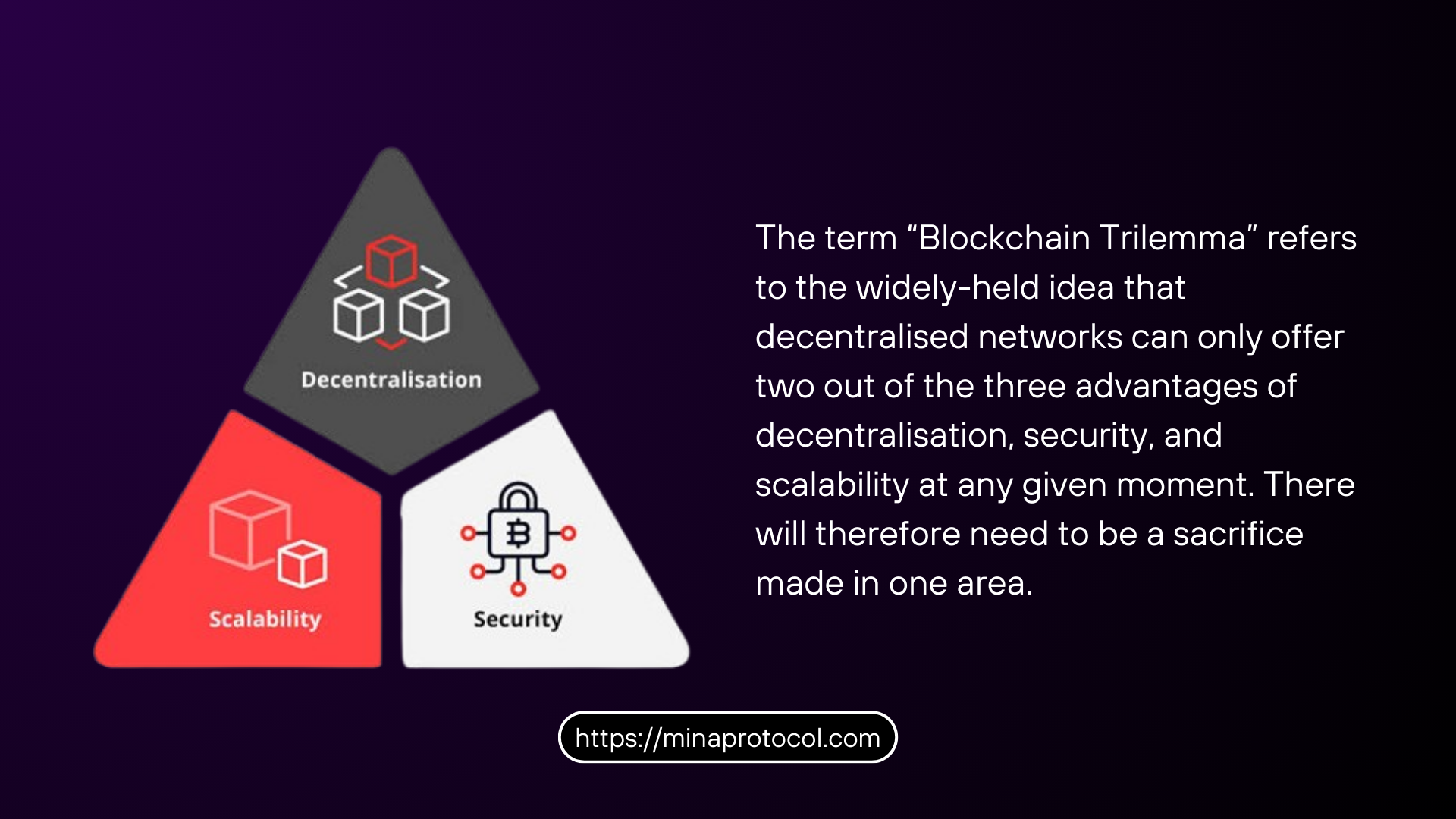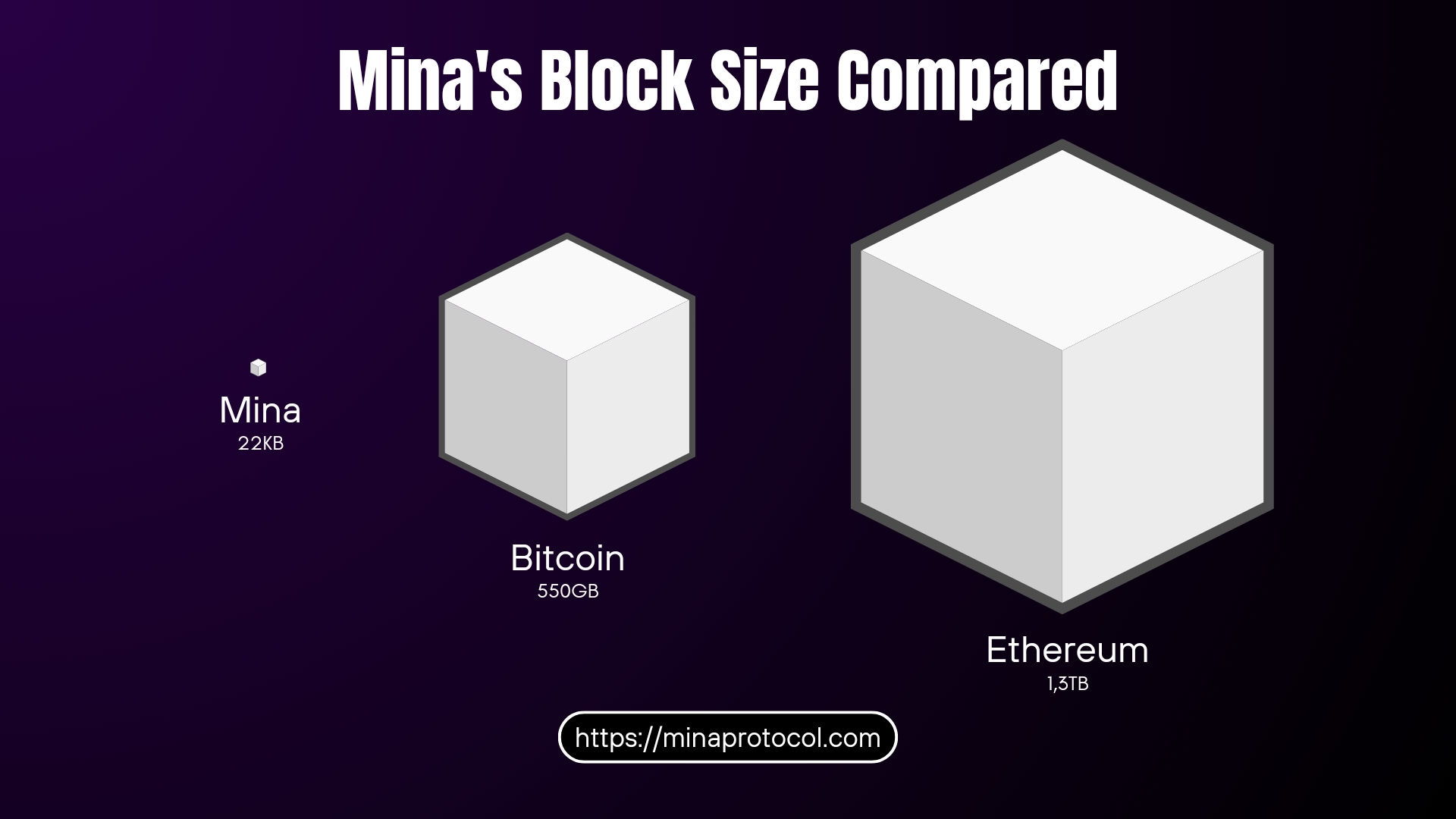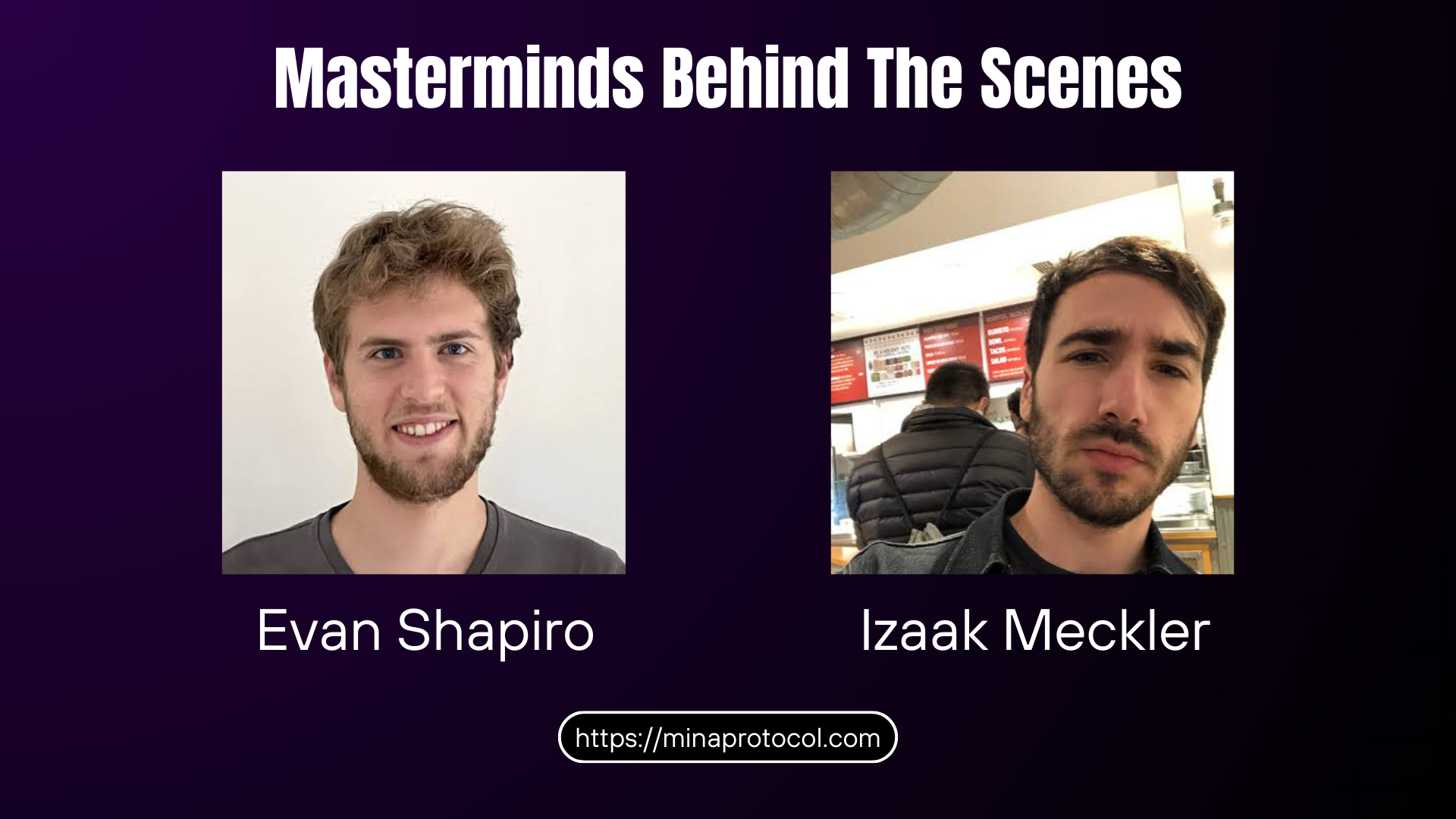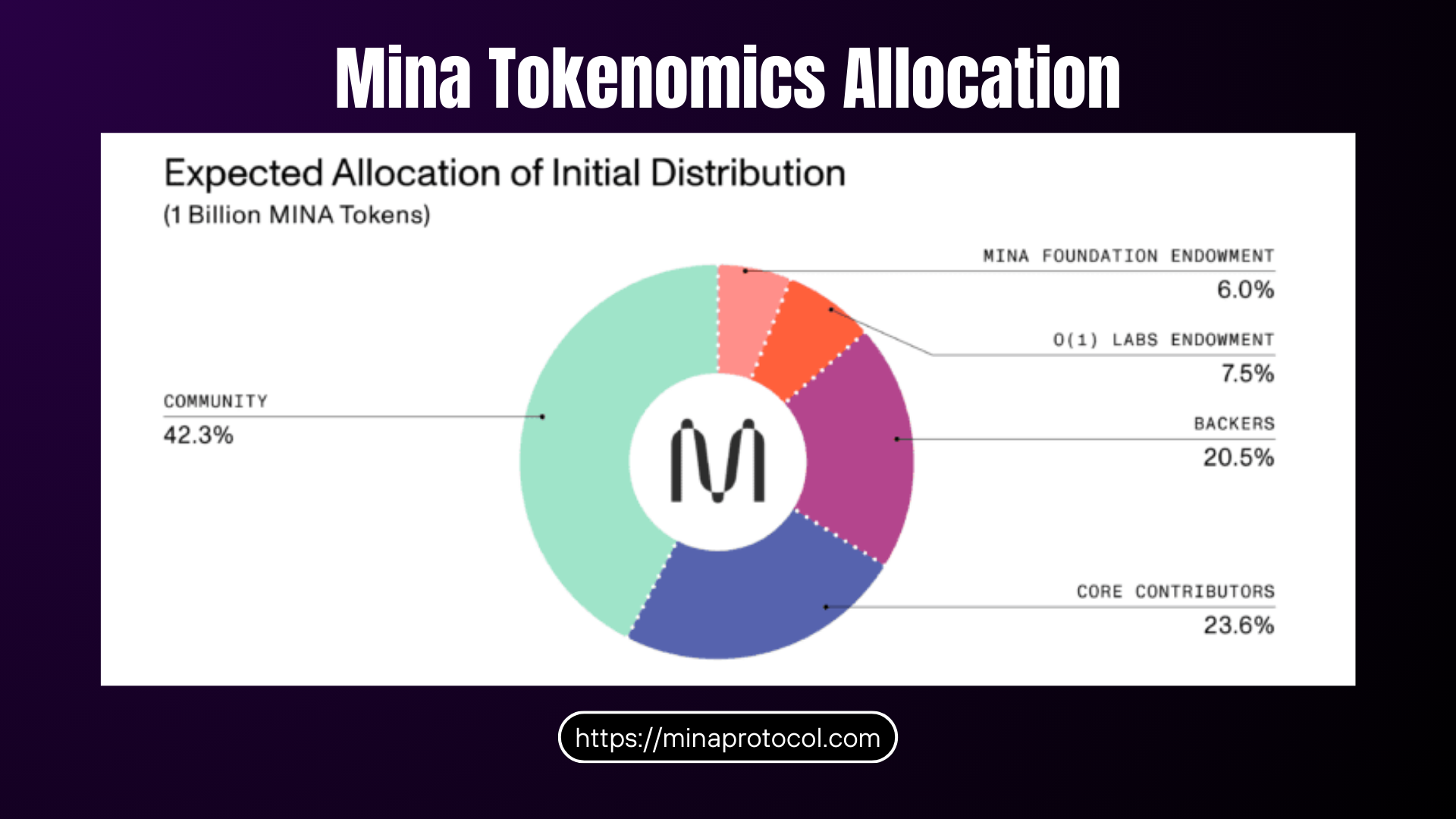Blockchains today are far from perfect. Bitcoin was first released more than 15 years ago, but it still faces issues with low throughput and high transaction fees. Ethereum has been pushing updates for years, but its scalability is barely better than Bitcoin. This problem occurs because of what is known as the blockchain trilemma.

A trilemma is a situation where there are three options, but at most only two of them can be achieved at the same time. In the case of the blockchain trilemma, the three options are:
-
Security: The ability to resist attacks and protect user data.
-
Scalability: The capacity to handle a growing number of transactions efficiently.
-
Decentralization: Ensuring that no single entity has control over the network.
Typically, blockchains cannot resolve all three aspects of the blockchain trilemma simultaneously. In this scenario, most blockchains can only achieve two of the three features. Ethereum, for example, is secure and decentralized but struggles with scalability. Meanwhile, some blockchains like EOS and Ripple sacrifice decentralization to achieve scalability and security.
Mina Protocol solved all these problems by addressing fundamental issues in blockchain technology, such as scalability, decentralization, security and block production efficiency, with their unique approach. Some blockchains, like Bitcoin and Ethereum, continue to grow without limits, making them difficult to scale and use:
-
Bitcoin: The average size growth is around ~150 MB per day, depending on network activity. Since Bitcoin’s blockchain is simpler, recording only BTC transfer transactions without complex data like smart contracts, its size is approximately ~550 GB.
-
Ethereum: In addition to recording transactions, Ethereum stores smart contract execution data and account state changes, which require more storage. The size of Ethereum’s blockchain is approximately ~1.3 TB for Archive nodes and around ~200-300 GB for Pruned nodes (which remove old data).

This is where Mina Protocol sets itself apart as a lightweight blockchain by maintaining a fixed block size of 22 kilobytes (KB). This is achieved by utilizing Zero Knowledge Proof (recursive zk-SNARKs) to provide scalability, security, and decentralization while remaining tiny, just ~22 KB in size for entire lifetime.
This article aims to explore Mina Protocol, delve into the key features of Mina Protocol, Mina's unique architecture, capabilities, and much more that will help you to get familiar with Mina Protocol.
Origin Story

Mina Protocol was created by Evan Shapiro and Izaak Meckler, who co-founded a company called O1Labs in 2017. Their goal was to tackle the blockchain trilemma, which posits that achieving security, scalability, and decentralization simultaneously is extremely difficult for traditional blockchains.
Recognizing the constraints of large and complex blockchains like Bitcoin and Ethereum, the team aimed to create a lighweighting blockchain that would maintain its size regardless of transaction volume. This innovation would make blockchain technology genuinely decentralized and accessible, even for users with limited computational capabilities.
Originally launched as Coda Protocol, the project was rebranded to Mina Protocol in 2020 to better reflect their identity and mission as the lightweighting blockchain. The term "Mina" signifies something small and succinct, perfectly describing the protocol’s lightweight nature.
Key Features
-
Accessibility: Mina Protocol utilizing o1js (https://github.com/o1-labs/o1js), ensuring developers can build lightweight, efficient, and secure blockchain applications by leveraging the advantages of zk-SNARKs technology.
-
Succinctness: By utilizing recursive zk-SNARKs, Mina Protocol ensures the storage size remains fixed at 22KB. This guarantees a seamless process for verifying and achieving the network's consensus state using a 22KB zero-knowledge proof, unlike conventional blockchains like Bitcoin and Ethereum, which grow indefinitely and become increasingly difficult to manage.
-
Decentralization: Through the use of zk-SNARKs, Mina Protocol also ensures network decentralization by enabling anyone, even users with basic hardware, to participate in validating transactions and maintaining the network (running a full node).
-
Scalability: The lightweight blockchain architecture also ensures that Mina Protocol provides scalability by efficiently handling increased throughput without the burden of a ledger.
Mina Protocol's Architecture
zk-SNARKs: The Core Of Architecture
This is the core architecture of Mina Protocol, enabling the network to maintain a constant size of approximately ~22KB. zk-SNARKs generate succinct proofs that are very small, can be verified quickly, and do not reveal the underlying data, regardless of the complexity of the original computation. This is achieved through two main processes:
-
Proof Generation: zk-SNARKs allow one party (the prover) to prove to another party (the verifier) that they know specific information or that a computation is valid without revealing the actual information itself. In Mina, this involves creating a proof for a batch of transactions, ensuring that all transactions comply with the network's rules.
-
Verification: The verifier uses the proof and public parameters to validate its authenticity without needing to perform the original computation again. This ensures that Mina Protocol maintains both security and efficiency within the network.
Mina Protocol uses zk-SNARKs recursively through Pickles. As new blocks are created, Pickles generates a proof that validates both the latest batch of transactions and the previous zk-SNARK proof. This ensures that the blockchain remains consistent and verifiable.
Ouroboros Samisika: A Provably Secure PoS Consensus Mechanism
Mina Protocol employs a unique consensus mechanism called Ouroboros Samisika, which is specifically adapted to work with Mina’s lightweight and succinct blockchain architecture. Here’s a breakdown of what makes it unique:
-
Proof-of-Stake (PoS) Mechanism: Ouroboros Samisika is a Proof-of-Stake (PoS) consensus mechanism that doesn't rely on energy-intensive mining to secure the network. This means Ouroboros Samisika requires far less computing power than Bitcoin's Proof-of-Work (PoW) protocol. It selects validators (block producers) based on the amount they are willing to "stake" as collateral.
-
No Minimum Staking Requirement: Ouroboros Samisika doesn't implementing a minimum staking requirement. This means small-scale users that holding $MINA token regardless of their amount to contribute in block production and network security to earn rewards proportional to their stake.
-
No Slashing: Many PoS systems implement a slashing mechanism, where validators are penalized, by losing part of their staked tokens for malicious behavior or failing to perform their duties. In contrast, Mina Protocol focuses on rewarding users through staking rewards rather than punishing bad behavior.
Pickles: Mina's Recursion Layer
Pickles is Mina Protocol’s recursion layer, responsible for maintaining the blockchain’s fixed size of 22KB. It's a key part of Mina’s architecture, enabling the network to scale without growing in size. Pickles utilizes inductive zk-SNARK composition, meaning it generates a new proof that verifies both the latest batch of transactions and the previous proof. This recursive process ensures the blockchain always represents its complete state but remains constant in size.
Kimchi: Mina Protocol Advanced Proof System
Kimchi is Mina Protocol’s advanced zk-SNARKs proof system, designed to provide developers with a secure, efficient, and flexible foundation for building scalable and private applications. It's a highly efficient proof system built upon Plonkish zk-SNARKs, a generalization of the Plonk proof system. This enables Kimchi to support Mina’s unique needs, such as recursion (via Pickles), succinct, verifiable computations without revealing underlying data.
$MINA Token

Mina token (MINA) serves as the native cryptocurrency of the Mina Protocol. The initial distribution and tokenomics of MINA are structured as follows:
Token Supply and Inflation
-
Initial Supply: 1 billion MINA tokens at launch.
-
Inflation: Mina uses an inflationary model to reward stakers, with an initial annual inflation rate of around 12%, which gradually decreases over time, lowered to 7% in first 5 years.
-
Inflation incentivizes staking participation and ensures network security while maintaining decentralization.
Tokenomics Distribution
-
Community: 42.3% (Largest portion allocated to community).
-
Core Contributors: 23.6% (Allocated to the team and contributors who developed the protocol).
-
Backers: 20.5% (For investors and project supporters).
-
O1Labs Endowment: 7.5% (Reserved for the core development team, O(1) Labs).
-
Mina Foundation Endowment: 6.0% (Reserved for future ecosystem growth managed by the foundation).
Social Media:
Website: https://minaprotocol.com
Docs: https://docs.minaprotocol.com
Blog: https://minaprotocol.com/blog
Twitter: https://twitter.com/minaprotocol
Discord: https://bit.ly/MinaDiscord
Telegram: https://bit.ly/MinaTelegram
YouTube: https://www.youtube.com/channel/UCWzKMFfIlMzHUXKSnYot5HA